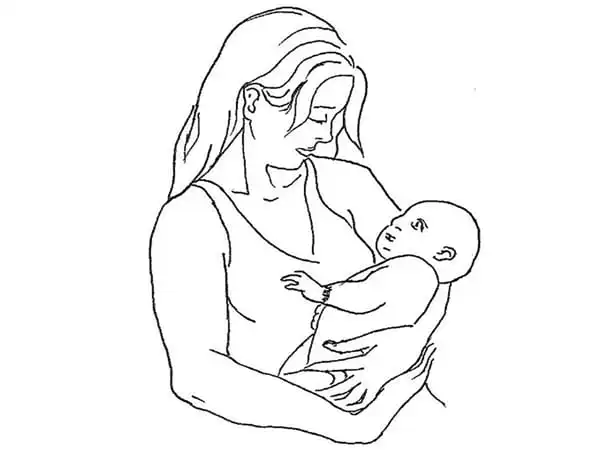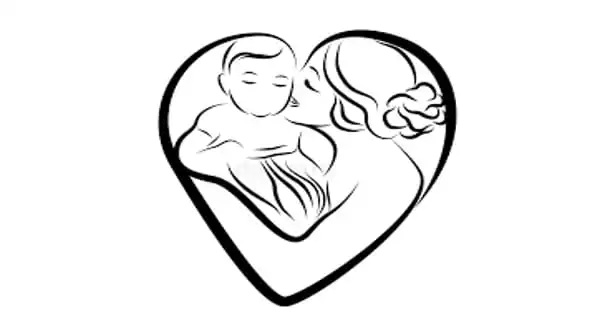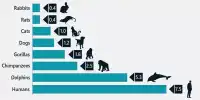Early on, coordinated social behavior and positive affect shared between parent and child lay the groundwork for healthy social and emotional development. Mother-infant interactions are governed by regulatory processes, which can be disrupted in stressful caregiving situations. Brain architecture is made up of billions of connections between individual neurons located throughout the brain. These connections allow for lightning-fast communication between neurons that specialize in various types of brain functions.
When mothers and their children play together, they respond to each other’s cues instinctively. Positive interactions also contribute to the child’s healthy socioemotional development. A new study from the University of Illinois looks at how physiological and behavioral responses interact during mother-child playtime. The findings emphasize the importance of responsive communication and can help parents, practitioners, and researchers gain insight.
“Our study measures real-time physiological and behavioral coordination between mothers and children while they interact,” says Yannan Hu, a doctoral student in the Department of Human Development and Family Studies at the University of Illinois and the paper’s lead author.
We measured whether the mother and child could coordinate in real time. This reveals information about their interactions that goes beyond the mother’s parenting style. It is important not only how parents treat their children.
Yannan Hu
“Physiological synchrony, according to researchers, is beneficial to a child’s socioemotional development. Our research, however, is one of the first to link it to behavioral synchrony.” Mothers, according to the findings, generally lead changes in physiological responses, but only in mother-child pairs with high levels of behavioral coordination.
“Overall, when mothers and children are behaviorally coordinated — they work together, take turns, and share positive affect — the child’s physiological activity follows the physiological changes in mom,” Hu says.
The study included 110 mothers and their children aged 3 to 5 years. Participants arrived at a behavioral laboratory at the University of Illinois for an interactive play session. For the first five minutes, mother and child worked together to solve a three-dimensional puzzle. Then, for another five minutes of pretend play, she switched to “pet doctor” toys and stuffed animals.

During play sessions, the researchers fitted wireless electrodes to mothers and children to measure their parasymphathetic response via high-frequency changes in heart rate, a condition known as respiratory sinus arrhythmia (RSA). The play sessions were also recorded, and trained observers coded mother-child behavioral coordination, such as shared smiles and laughter, taking turns, and responding to each other’s social cues.
According to the researchers, positive changes in RSA indicate that mothers and children are socially engaging and moving toward each other, whereas decreases in RSA are typically observed when confronted with a stressor or problem. Increases in the mother’s RSA, therefore, are likely to indicate increased engagement with the child, who then reciprocates.
“We measured whether the mother and child could coordinate in real time,” Hu says. “This reveals information about their interactions that goes beyond the mother’s parenting style. It is important not only how parents treat their children. Children must also respond to their parents’ cues in order for the parent and child to establish a coordinated interaction.”
Parents can learn more about the importance of tuning in to their children’s cues and being responsive to their behaviors during playtime and other interactions from the findings.
“Another strength of this study is the emphasis on mother-child interaction in a positive play context,” says Nancy McElwain, HDFS professor and paper co-author. “While it is important to understand how parents help children regulate negative emotions and behaviors, it is equally important to understand how parents and children work together to maintain or increase shared positive interactions and emotions, and play provides an ideal context to understand these positive processes.”
However, the study can assist practitioners in identifying potential problems for early intervention by identifying less beneficial behaviors such as interrupting each other, failing to take turns, or ignoring each other’s social cues.
The researchers are expanding their research to include mothers and infants in order to better understand how moment-to-moment behavioral and physiological coordination influences brain development during the first year of life. They are also planning “virtual” in-home studies, which will allow for more diverse samples and the inclusion of fathers and other caregivers. The Department of Human Development and Family Studies is part of the University of Illinois’ College of Agricultural, Consumer, and Environmental Sciences.














